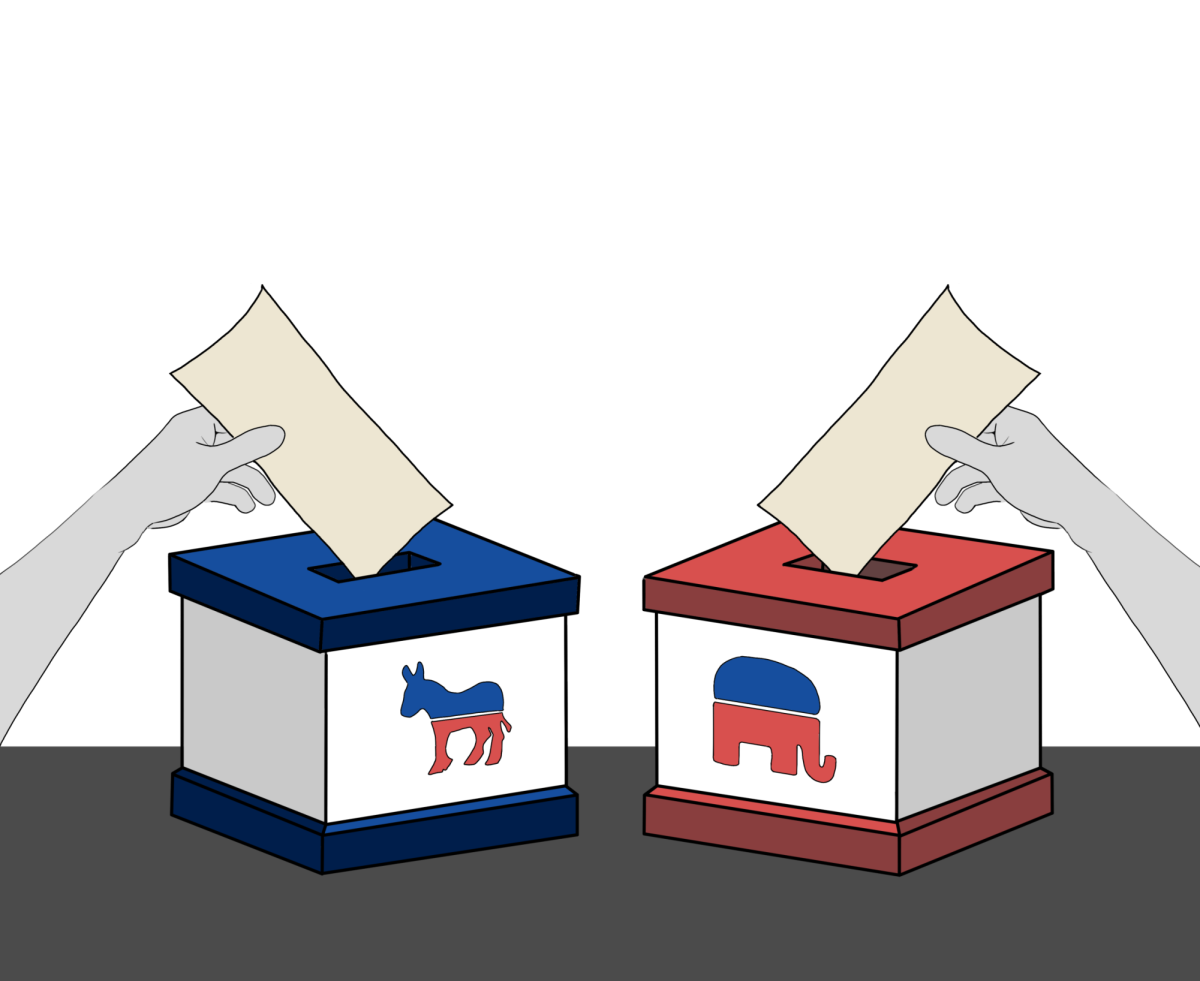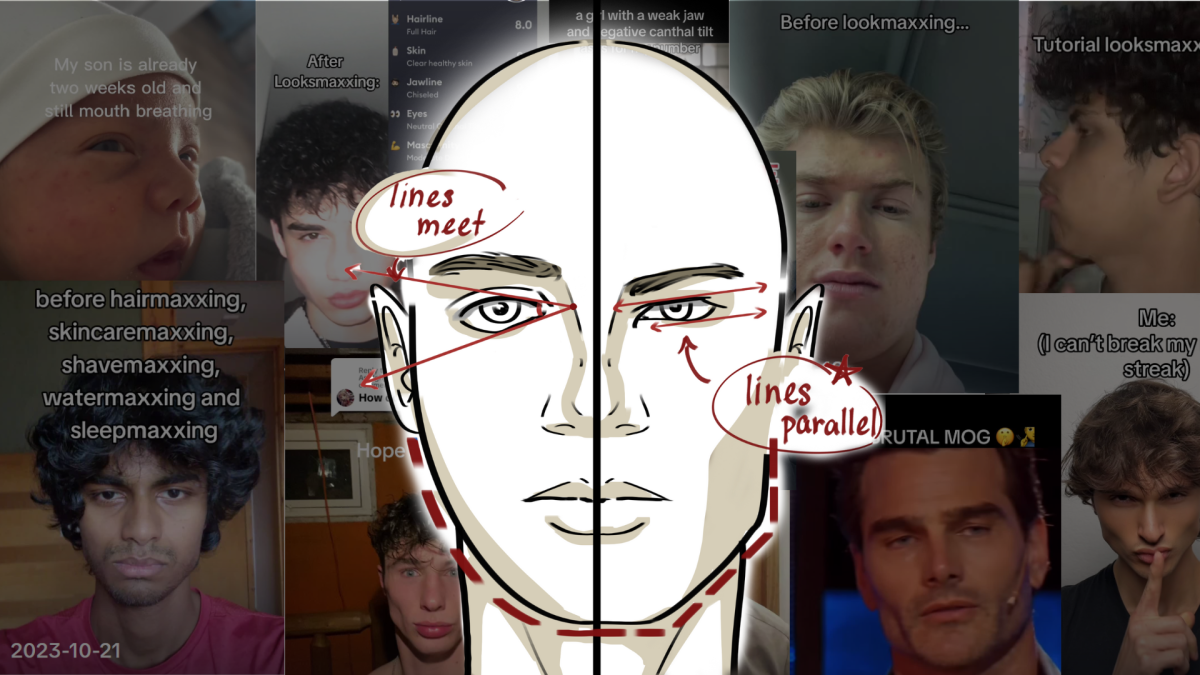The rising trend of overconsumption
The ease of clicking online to buy and sell may be doing serious harm in an age where people seem more and more obsessed with purchasing goods.
June 18, 2024

About the Contributors

Via Yang, Sports Editor and Illustrator
My name is Via and I’m excited to be the sports editor and one of the illustrators this year! When I’m not editing you can probably find me drawing, reading or watching movies with the fam.

Lillian Landberg, Features Editor and Illustrator
Hi! I am Lillian and this is my second year on the Viewer. I am a features editor, online editor, and illustrator. I became an editor because of the friends and amazing experiences I had in Journalism 1 and 2! Outside of the Viewer, I enjoy thrifting, listening to music, and hanging out with friends.

Mara Peacock, Features Editor and Puzzles Editor
Hi! I’m Mara, I’m a senior, and this is my second year on The Viewer! I stayed as an editor this year because I had so much fun in Journalism and going to the convention last April! Outside of The Viewer, I’m a part of Theater, where I help make the sets, and Letters of Love! I also like watching the Twilight movies and going to antique stores! Don’t sleep on puzzles.

Lale Akkin, Spread Editor
My name is Lale and I am a spread editor this year! I have been in the Viewer since sophomore year, and I plan on continuing next year as well. I have loved writing ever since I learned how to, and Journalism gave me an opportunity to write while being closely involved with the world and meeting new people!

Suha Sharif, Staff Reporter
Suha is a junior staff reporter, and this year is her first year on The Viewer.

Isabella Kunc, Print Managing Copy Editor and Cover Editor
Hi, this is Isabella, your 2024-25 Managing and Cover editor. I love working on The Viewer and plan to study journalism in college. Some of my activities outside of The Viewer include theater, running, reading and sewing. Join us and learn important skills!














